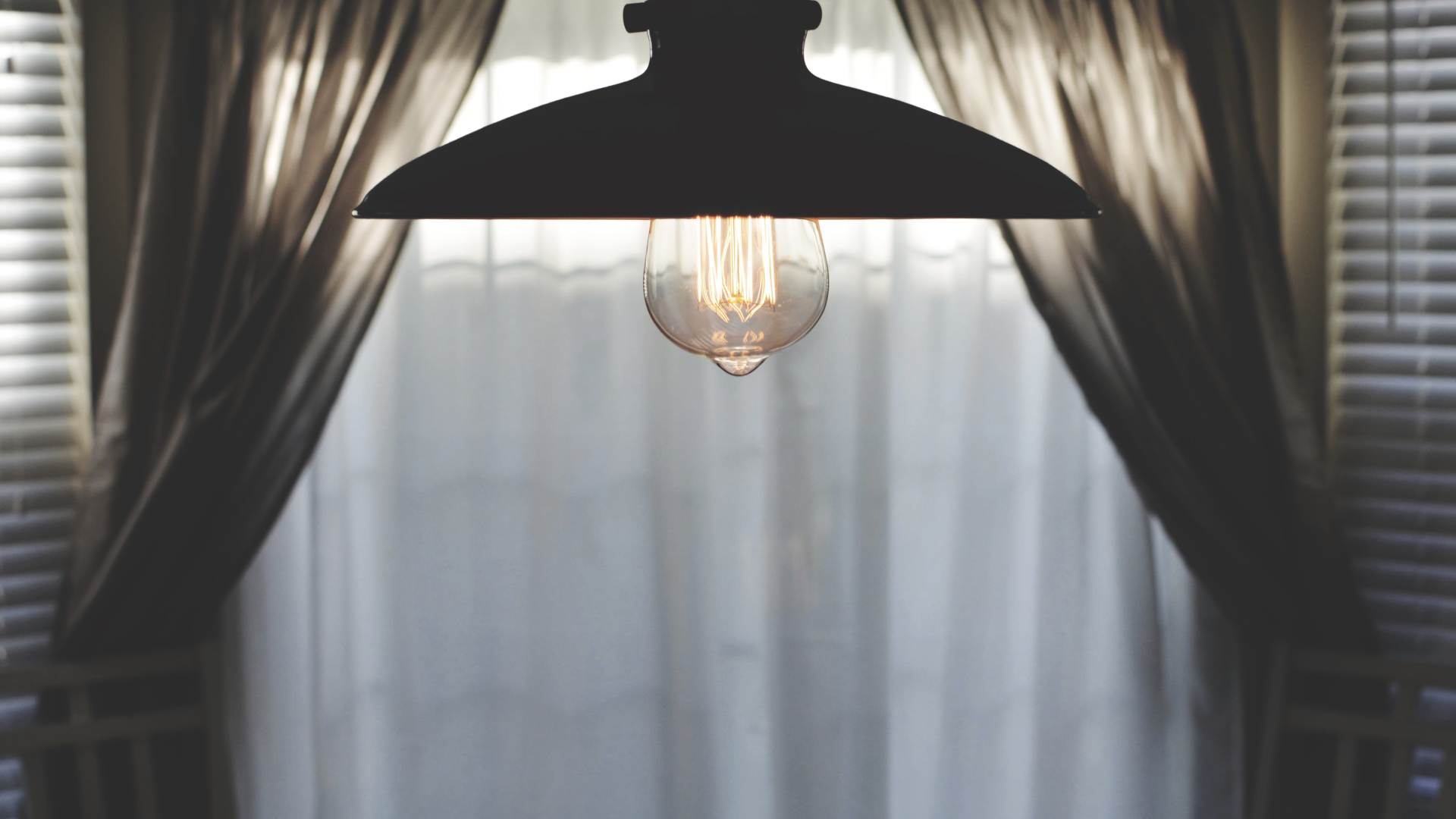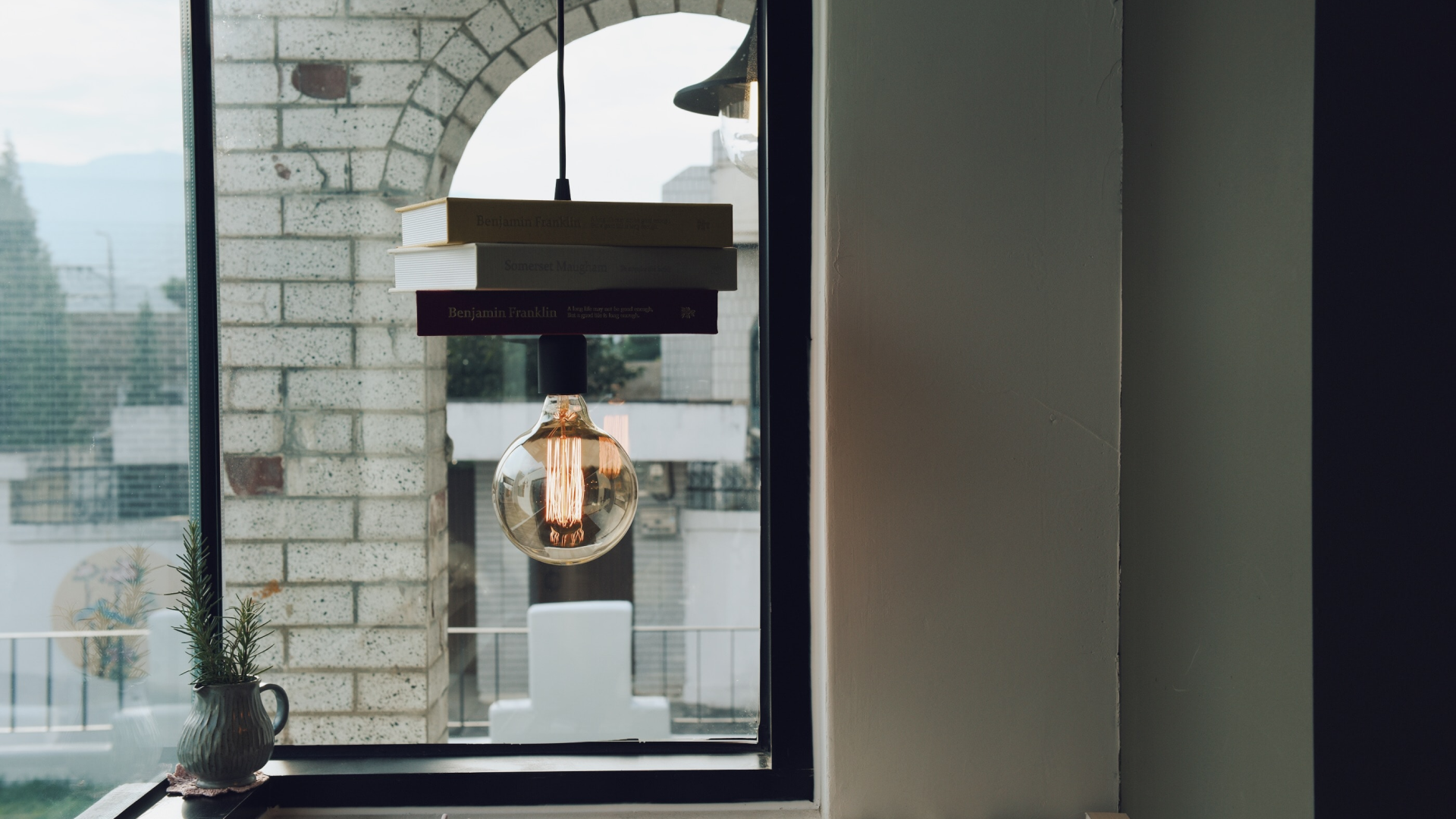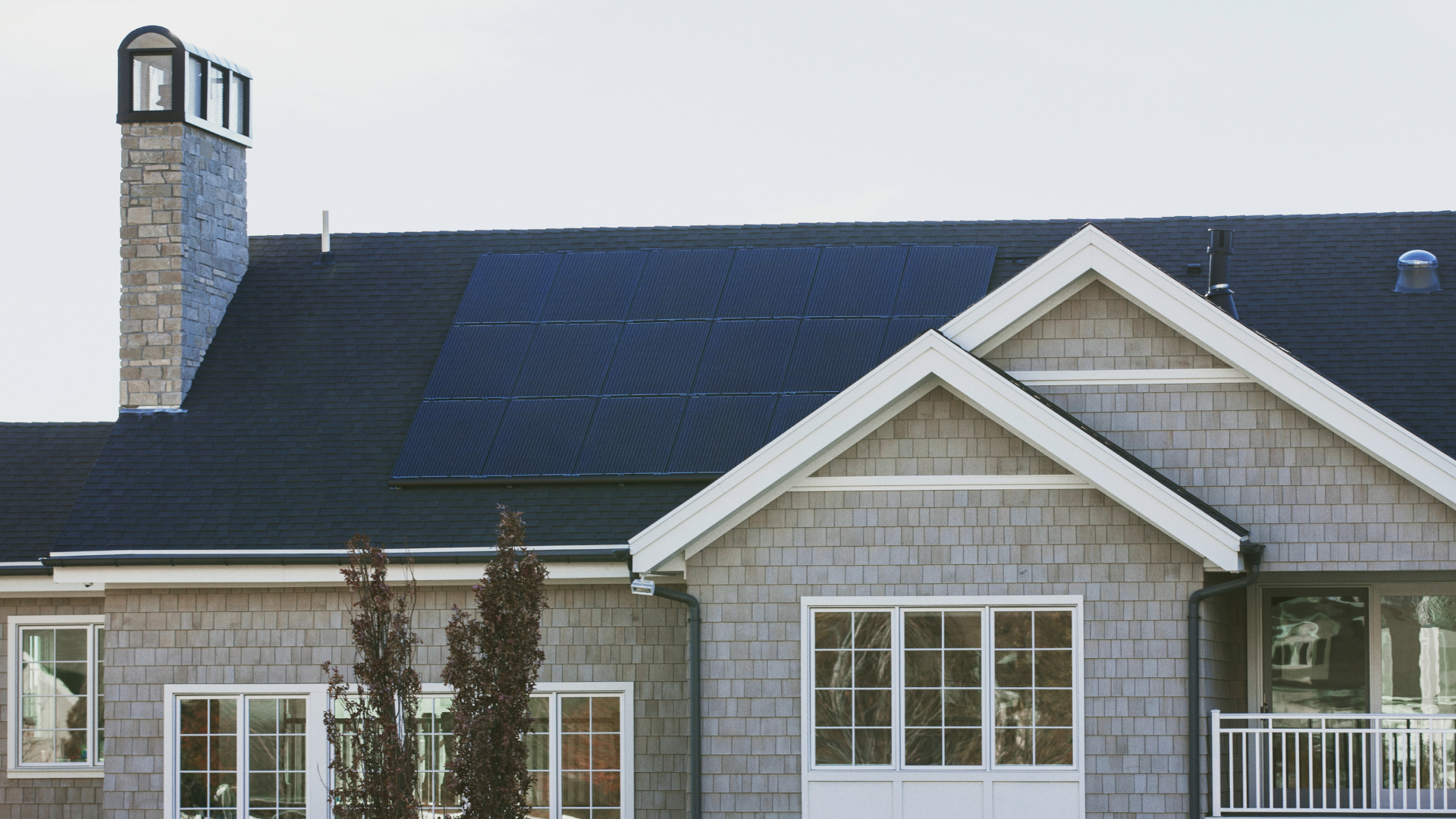Not too long ago in our country's history, talking about making your house "greener" might get you labeled a hippie tree-hugger. But times change, and as gas, electricity, and water prices creep up, more and more homeowners are seeing the (strong) advantages that come with considering the environment when you make decisions about your household.
1. Get an energy audit
They'll send an expert out to your house to take a look at all your appliances, your lights, your windows, your doors, and more -- then make recommendations for changes you can make that will save energy (and money) every month.
If you want a personalized rundown of everything you could do to and for your house to make it more energy-efficient and environmentally friendly, an energy audit is a must.

2. Swap out your lightbulbs
3. Pay attention to the sun
- In the northern hemisphere, windows with southern exposure are going to get the most direct sunlight, so start with those.
- Make note of whether and when the sun shines into your home across every season, then adjust your habits (and your blinds) accordingly.
- For example, if the sun is shining directly into your house during the winter season, then you might be able to save some money on your heating bill by opening up all your curtains and blinds in the morning to allow the sun in. But if you're getting that direct sunlight in the dead heat of summer, then the opposite applies: Close your blinds and curtains in the morning to keep your house cool.
4. Weather-stripping your windows
Especially in some older houses, sometimes windows might not be entirely airtight -- meaning that you've got drafts from the outside sneaking hot or cold air into your home against your wishes.
A relatively cheap and easy fix is weatherstripping your windows to eliminate those drafts and ensure that what's outside doesn't creep inside and vice versa. It's as simple as a trip to a hardware store and a few minutes to weatherstrip each window back at the house.

5. Turn down your water heater
Hot water feels amazing in the shower ... but here's the thing: Your water heater is constantly working to keep its water consistently hot, and if you've got the gauge set at a high temperature, then "consistently hot" takes a lot of energy to maintain.
- Take a look at your water heater's settings and ask yourself if the hot water really needs to be as hot as you have it.
- Turning down the temperature ten or even five degrees can result in some surprising savings -- and you might not even notice when you're mixing that hot water with cold for your ablutions!
6. Collect rainwater
Depending on where you live, the weather might be an asset that you haven't tapped yet. You can't use rainwater for everything, or even very many things -- you can't drink it, and you won't want to use it to cook, wash dishes, or bathe with -- but if you keep a cistern of rainwater in your yard, then you'll always have a green way to water your grass and flowers in the spring and summer.

7. Swap out your showerheads
8. Buy a smarter thermostat
You don't necessarily need a "smart" thermostat for your home (although it's always nice to change the temperature using a phone app from the couch -- just saying!), but if you don't have a thermostat that you can adjust to change the temperature at different times of the day, then you should definitely invest in one.
For example, you could set your thermostat to lower the temperature of the house by 10 to 15 degrees when you're at work during the day, and instruct it to start bringing the temperature back up to "normal" an hour to 30 minutes before you arrive home. Many thermostats even let you designate temperature by days of the week, so if you know that you're almost never home on Saturday night or Sunday morning, you can adjust your temperature accordingly.

9. Air-seal (and maybe insulate) your attic and basement
You may know that heat rises, and that applies as much inside your house as it does in the world outside.
10. Use a manual push mower
If you live in a region where grass grows like weeds and you don't need to water, then maybe it makes perfect sense to keep your lawn ... but you'll still need to mow it regularly. One greener alternative to a riding mower or a motorized push version is an old-fashioned manual push mower. They do work, but you'll be using your own elbow grease instead of gasoline to power the blades, so you'll get a workout while you mow.
Deciding to make your home more energy-efficient can involve a simple move like turning off water to rarely used sinks and toilets, or as complicated and involved as replacing appliances and installing solar panels. Figure out your ideal level of investment and take things one step at a time -- before you know it, you'll have a green home that saves money without sacrificing comfort.




